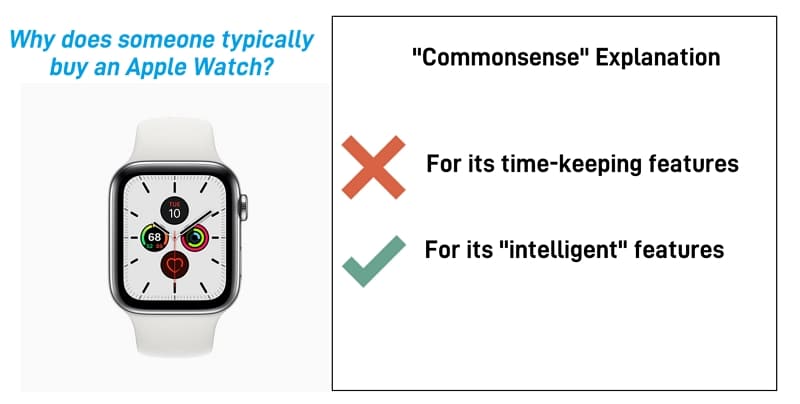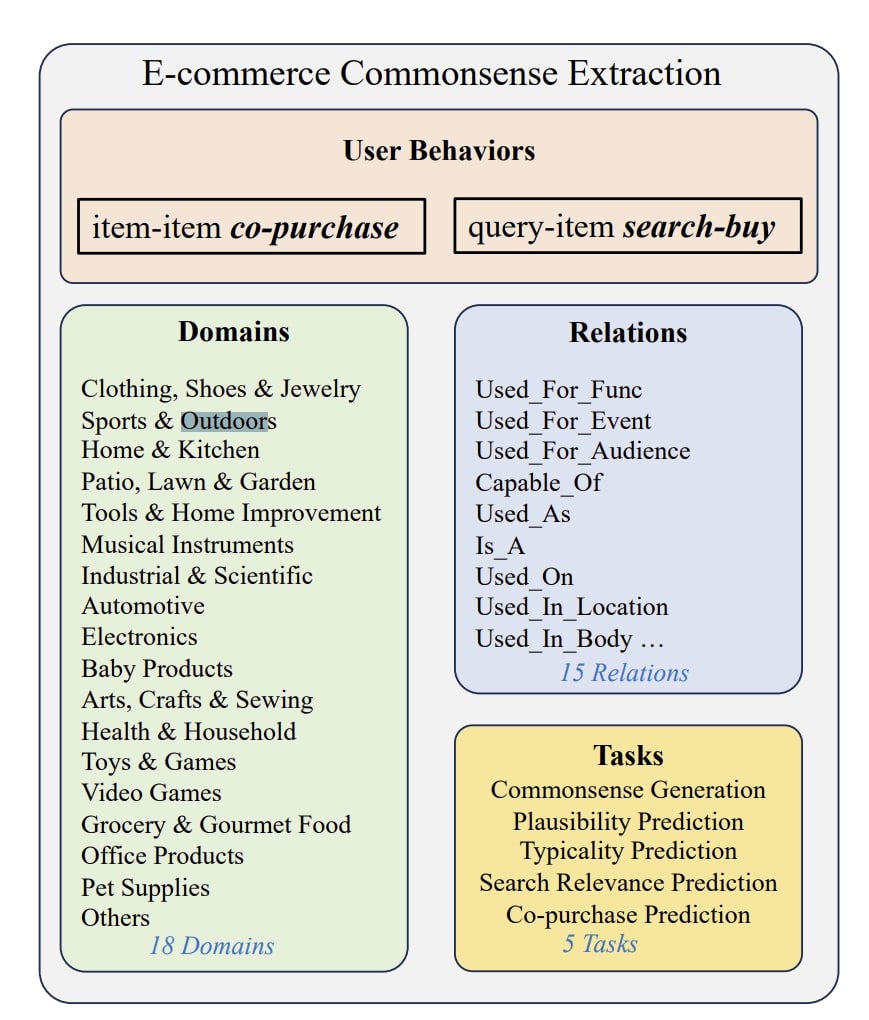How Amazon COSMO Will Change SEO Completely
You may have heard of Amazon's AI-driven shopping assistant called Rufus. The real brain behind Rufus though is COSMO, a Large Language Model that is disrupting Amazon search like nothing before.
In this article, we'll explore how Amazon COSMO works so you can revise your product listings, review strategies, and other selling tactics to best take advantage of it.
What Is Rufus?
Amazon has introduced Rufus, a new AI-driven shopping assistant embedded in the Amazon mobile app. Rufus is crafted to
- respond to customer inquiries regarding products
- deliver item comparisons
- suggest tailored recommendations
Rufus actually isn't all that interesting though. What's interesting is the brain behind Rufus, COSMO.
What Is COSMO?
COSMO is Amazon's AI engine powered by Large Language Models (LLMs) (see the full paper on it) that basically seeks to give the commonsense explanation of why a certain buying behavior occurred. In Amazon's own language, it's an LLM “to mine user-centric commonsense knowledge from a plethora of behaviors and construct expansive knowledge graphs.”
Let me articulate this with an easy example.
Imagine we want a commonsense explanation that explains why people buy Apple Watches.

Previously, a product suggestion engine might infer that you're buying an Apple Watch because you want to tell the time. We know, of course, that the reason people buy an Apple Watch isn't to tell the time – it's because these watches are intelligent and can do other things. This is the commonsense explanation.
Amazon looks at two things regarding this prediction (that people buy Apple Watches because they're intelligent):
- Plausibility (how the knowledge is plausible)
- Typicality (how representative the knowledge is regarding the typical shopping behavior).
Now of course, maybe there's some person in some place in the world who buys an Apple Watch only to tell the time and never uses another feature. However, the typical shopping behavior is to buy an Apple Watch for its intelligent features.
How Amazon Develops COSMO
One of the interesting things is how Amazon developed the language model.
Amazon manually had human beings look at 30,000 “diverse knowledge samples” (basically buying behaviors) and had those knowledge samples annotated.

Based on these 30,000 knowledge samples that human beings annotated, Amazon was able to build a reliable model.
How Amazon Employs COSMO
So how does Amazon employ COSMO?
Amazon employs COSMO for a couple of main ways:
- In search, for predicting search relevancy for a product
- In product recommendations for predicting “the next click” or “next purchase”
Let's examine the first use case, search relevancy. Let's also use another example: what does someone want if they search for winter clothes? Common sense knowledge says that people want warm clothing.
Amazon, in their paper on COSMO, says one of the goals of COSMO is to classify a product as an Exact, Substitute, Complement, or Irrelevant (you might recognize these classifications from Amazon advertising).
Another use case is in product recommendations. Previously, Amazon (and most retailers for that matter) would look at your buyer profile to make buying suggestions. However, according to Amazon, session based data often better captures next-click and next-purchase probability than a user profile.
Let's use another example. Dave frequently buys diapers, baby wipes, and diaper cream. Amazon could infer I frequently buy baby items and suggest items similar to that the next time I come to the website. But the next time I come to the website, I search for yeast and buy it. Does the yeast have anything to do with my baby at home? Probably not. Based on this particular session for me, I'm probably looking to make bread or another baked good.
What COSMO Means for Sellers
So what does this all mean for sellers?
There's a few best practices we can discern from all of this.
First, product attributes are going to become increasingly important in listings. Amazon has rolled out a ton of new product attributes recently and will likely continue to. Make sure you complete all of these.
Next, make sure your product descriptions, titles, and bullets closely align with user intent and not just features. Again, if you're selling Apple Watches don't focus on its impeccable time keeping features but its smart device features.
Finally, the contextual information within reviews (and not just the actual star rating) is going to be increasingly more important. For example, if you sell winter coats, a 5-star review that says “Kept me amazingly warm!” is going to be more valuable than a 5-star review that says “Loved the style!” (I'll allow your mind to go wild with all of the black hat ways sellers may manipulate this).
Overall, as the technology for Amazon continues to evolve with AI, our tactics as sellers will also need to evolve as well.



